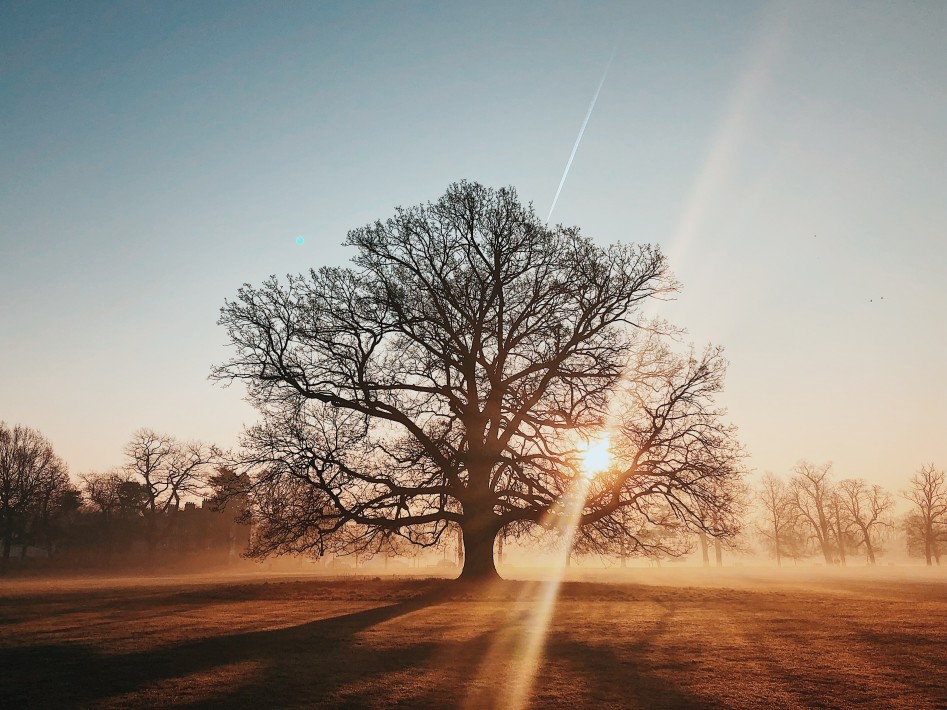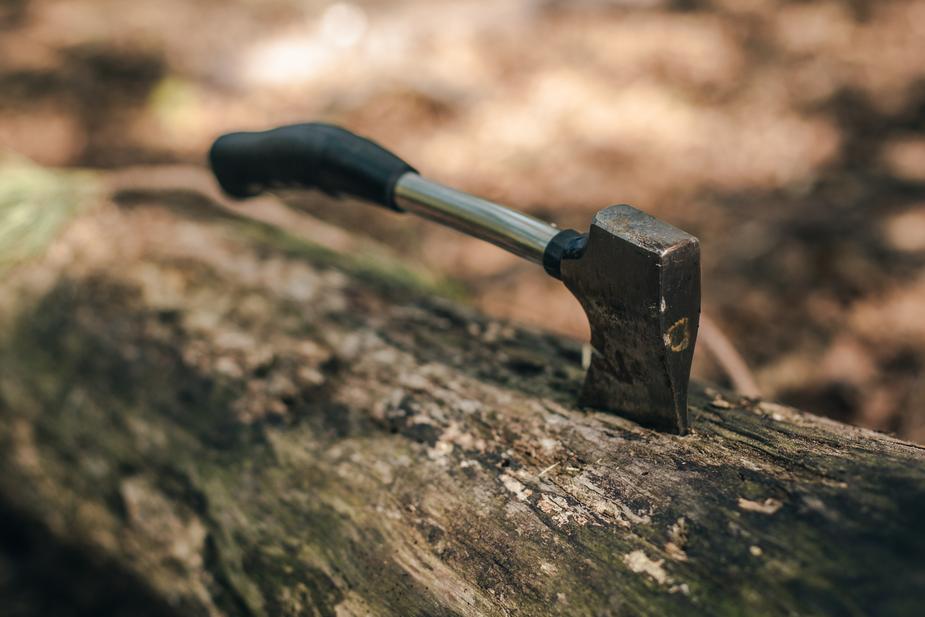(Photo by Shopify Partners from Burst)
With the number of heavy storms and flash flood warnings the area has experienced lately — not to mention the above average number of tornado warnings! — you may be wondering how to deal with Jointly-Owned Trees. Or maybe there’s that one majestic oak that looks beautiful over on their property but has overhanging branches that are damaging the shingles on your roof.
What do you do when a tree sits on a property line — or hangs over one and causes complaints between neighbors? Who is responsible for offending tree branches? And if a neighbor takes it upon themselves to deal with a bothersome tree (or portion thereof), is that actually breaking the law?
It may surprise you to hear that disputes over trees near a property line can involve large sums of money, particularly when a tree is damaged or dies. Trees actually have considerable value to homeowners, and while fights over trees don’t often end up in court, they do often involve insurance claims, and replacement costs — and can even change property values.
Maintenance for Jointly-Owned Trees

The simple answer to how to handle a tree that sits directly on a property line is communication. Trees that sit on property lines are shared, and that means the responsibility for them is shared as well. Both property owners share the value of the tree as it is considered the common property of both owners, and so both need to keep an eye on its maintenance and well-being. And to do this effectively, property owners will need to communicate to decide together on the best course of action.
No action, including removal of the tree, is permitted unless there is consent from all property owners.
Tree Trimming Rules for Jointly-Owned Trees in Virginia
If the tree is not jointly owned, for example, the trunk is in your neighbor’s yard, but branches overhang into your own, this can create some tension as well. Are you able to trim the branches that sit above your property?
While laws vary among states, Virginia’s tree trimming law is pretty direct. In 2007, the Supreme Court of Virginia expressly changed the law regarding tree trimming. The court confirmed that property owners have the right to “self-help,” meaning that owners can, at their own expense, trim a neighbor’s tree branches or roots that encroach onto their property.
In the same case, “nuisance” was defined. The court held that a neighbor can take action for nuisance if the tree encroaches and causes actual damage to the property, but not, however, if it just drops leaves, fruit, or flowers onto a neighbor’s property, or provides shade there that is unwanted.
Also, the law only allows tree trimming and tree cutting up to the property line. You may not go onto the neighbor’s property or destroy the tree. If you do, you could be found liable for up to three times the value of jointly-owned trees, which could cost anywhere between $500 and $60,000!
Tree Damage
If the tree damages property, for example by losing branches or being knocked down during a storm, courts will most likely apply a reasonable care standard to determine liability. This means that if the tree owner took reasonable care to maintain the tree branch, and to a reasonable person it didn’t seem to be about to fall, then the tree owner wouldn’t be liable, because it was simply an ‘Act of God,’ and the owner couldn’t have kept the damage from happening anyway.
However, if the tree wasn’t properly maintained, or if it was clear that it posed a threat — like neglecting to remove a dead tree that later falls on a house, then the tree owner could be found liable for damages to jointly-owned trees.
Property owners that share responsibility for boundary trees are also usually responsible for any damages a fallen tree or branch may do to their own property, though this could vary depending on the location. The property owner who suffers damage should file a claim with their homeowner’s insurance company.
But while there are laws about tree maintenance and ownership, in the end, it’s always just best to be a good neighbor. Good communication can help in situations beyond Jointly-Owned Trees. Ask permission to trim nuisance branches; discuss tree removal when warranted, and do your best to work together to make your yards and communities look the best they can be in Northern Virginia.



Leave a Reply